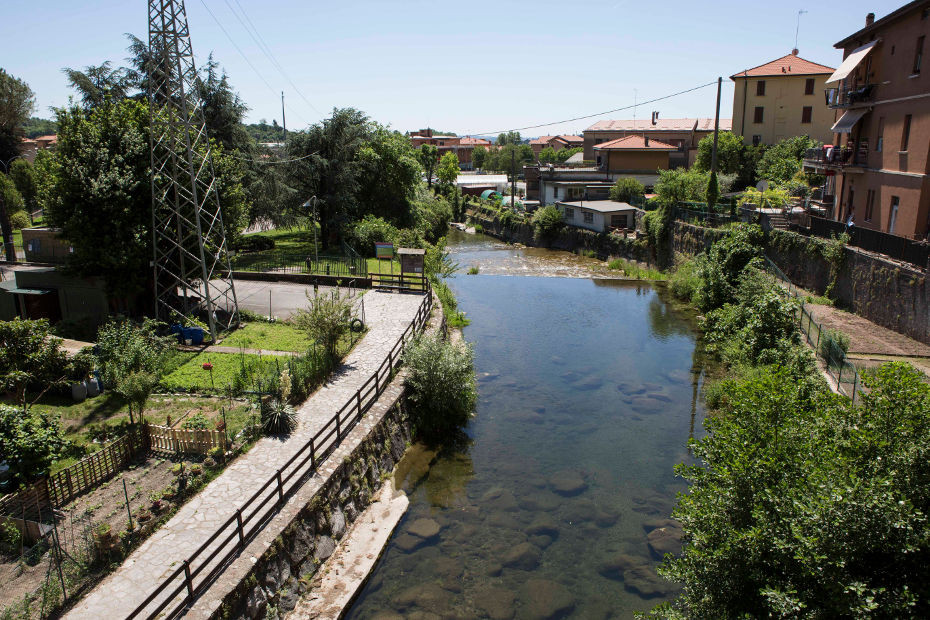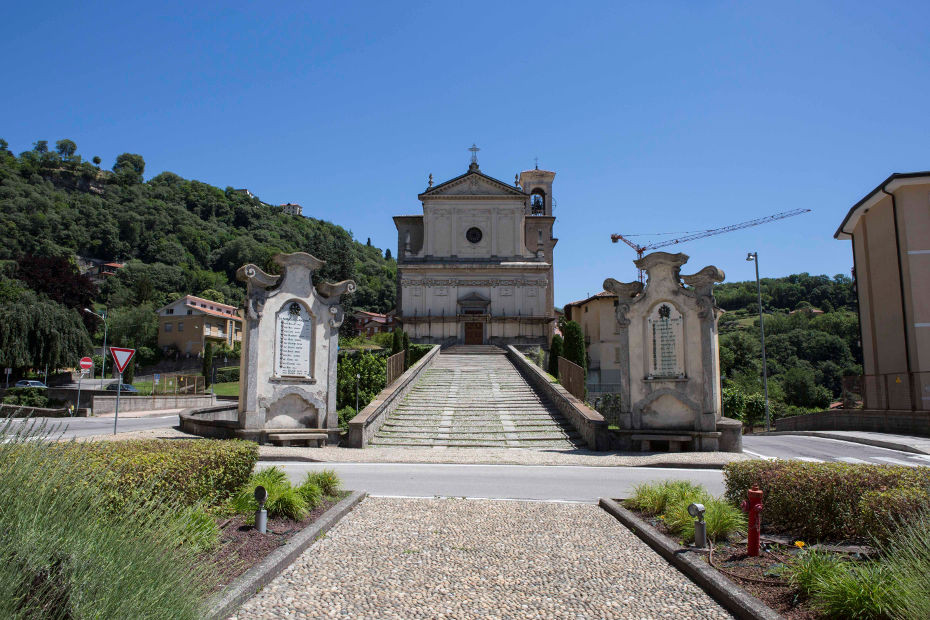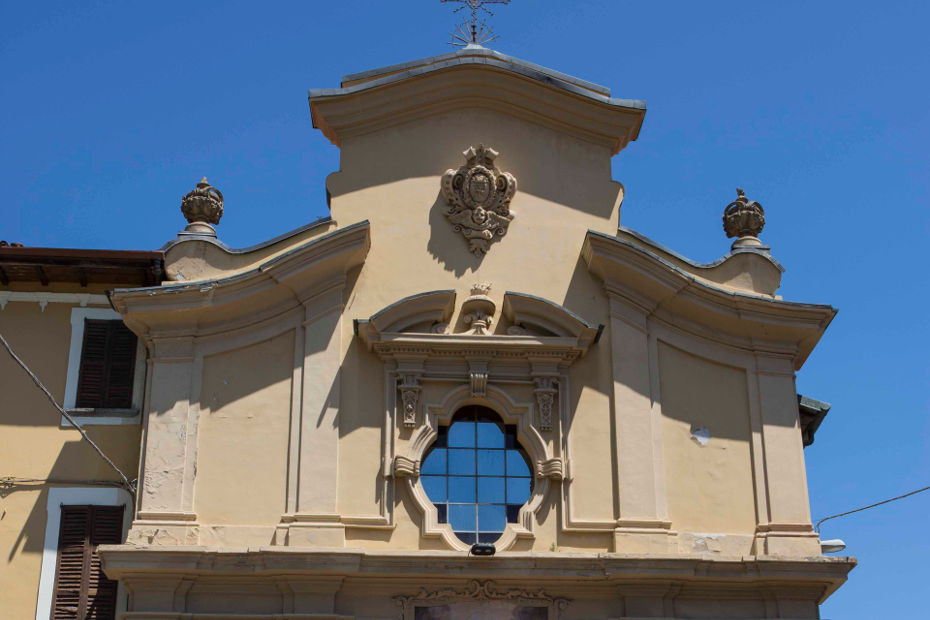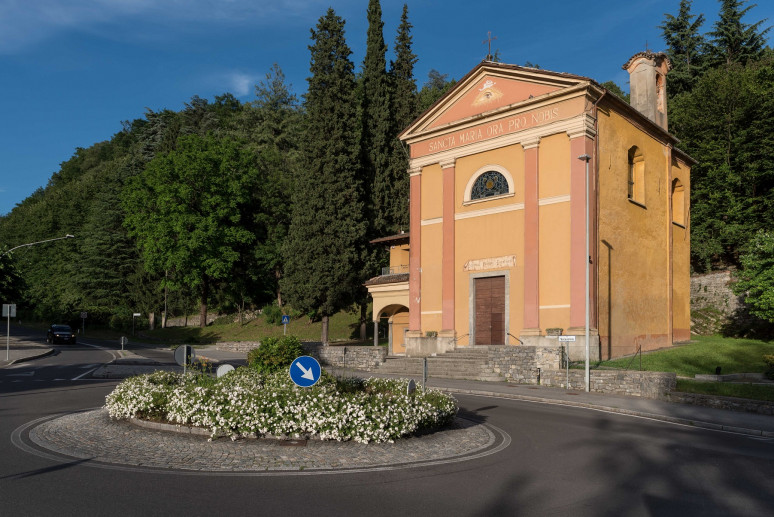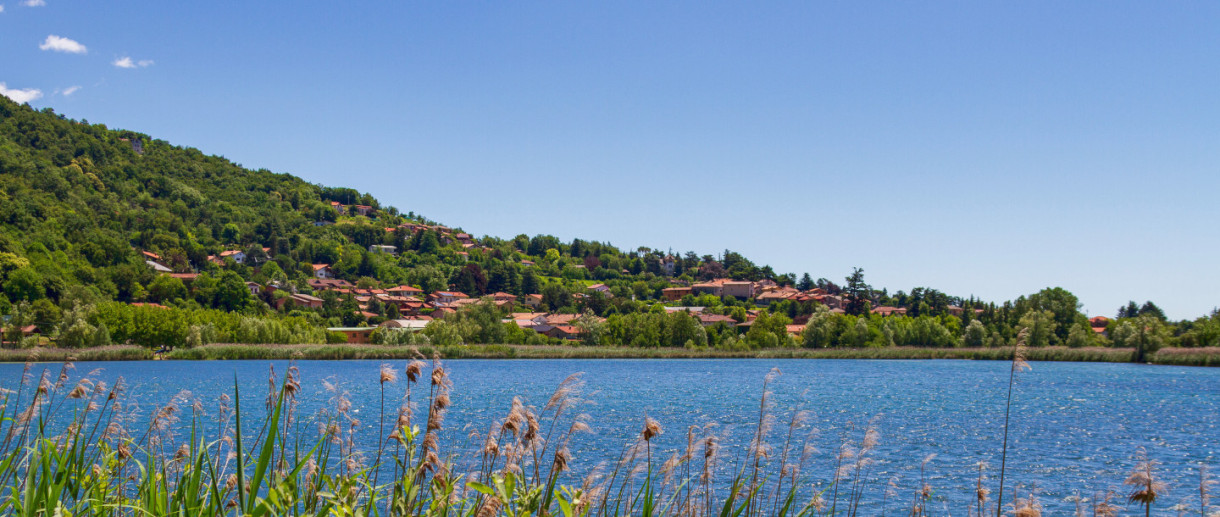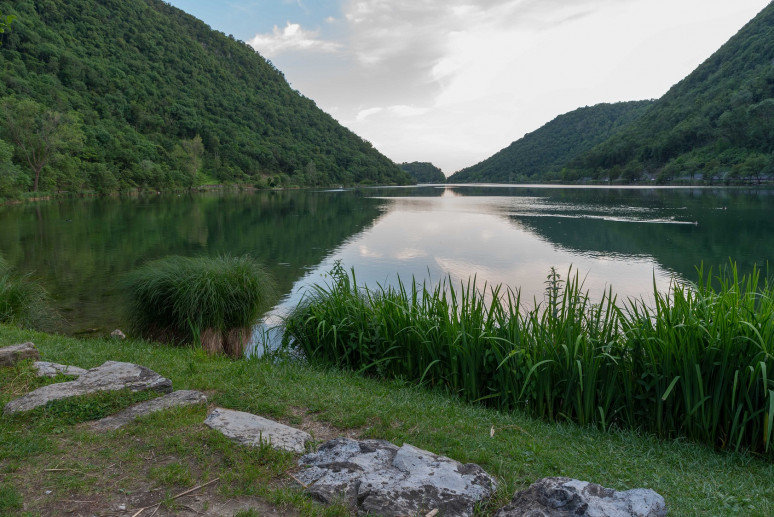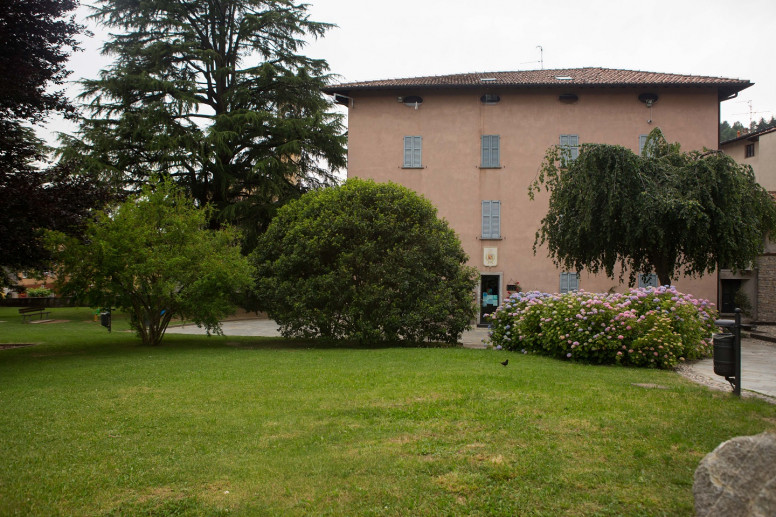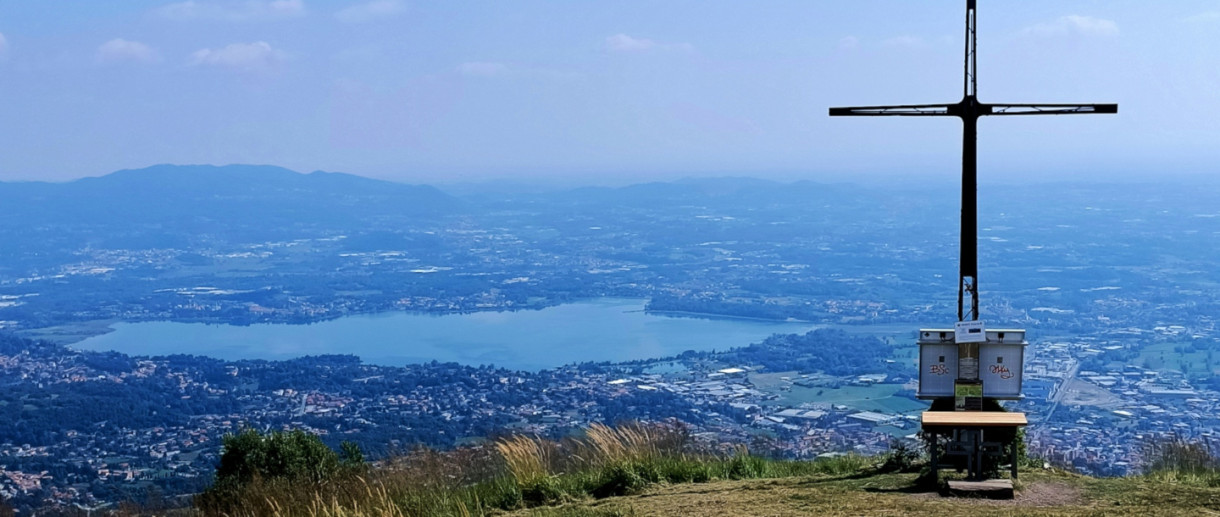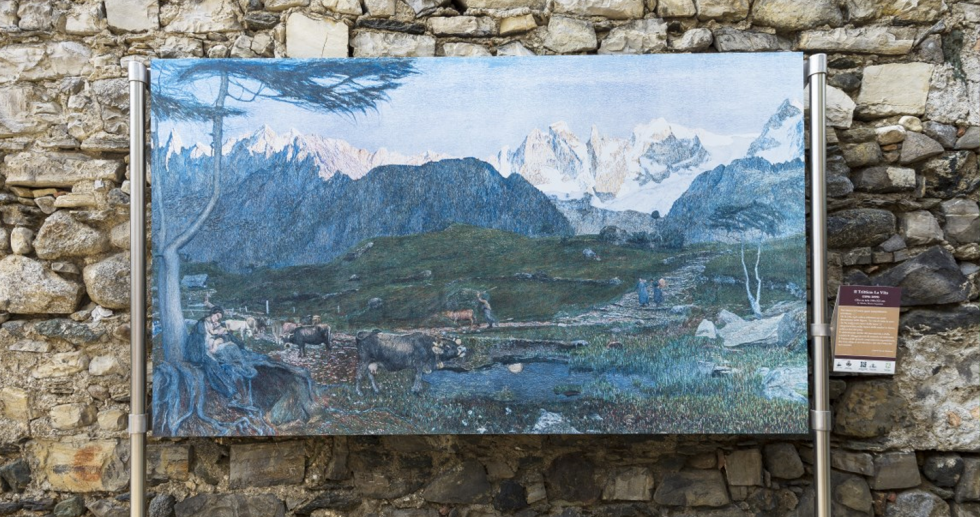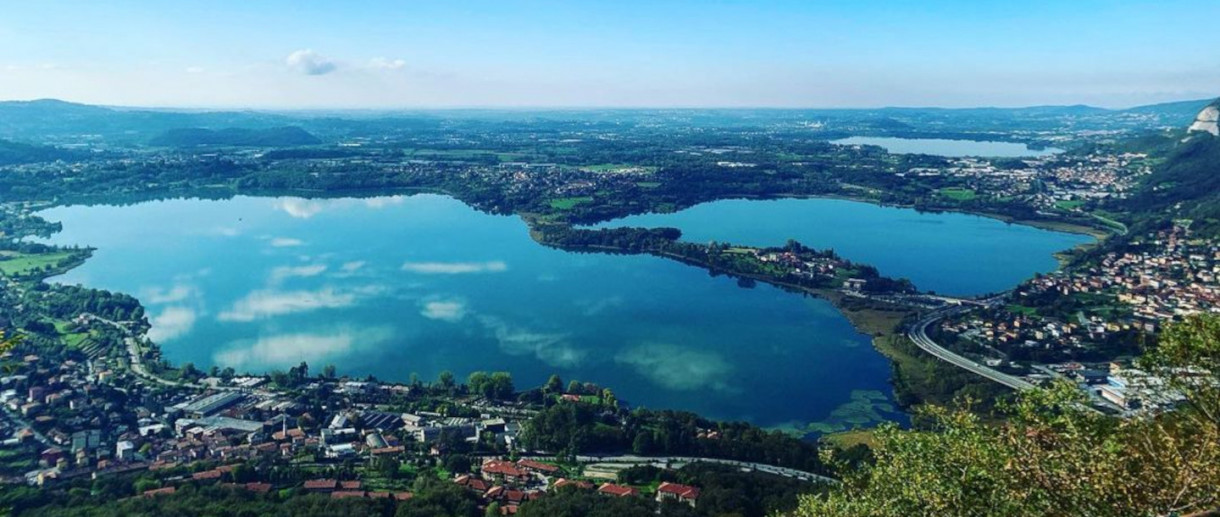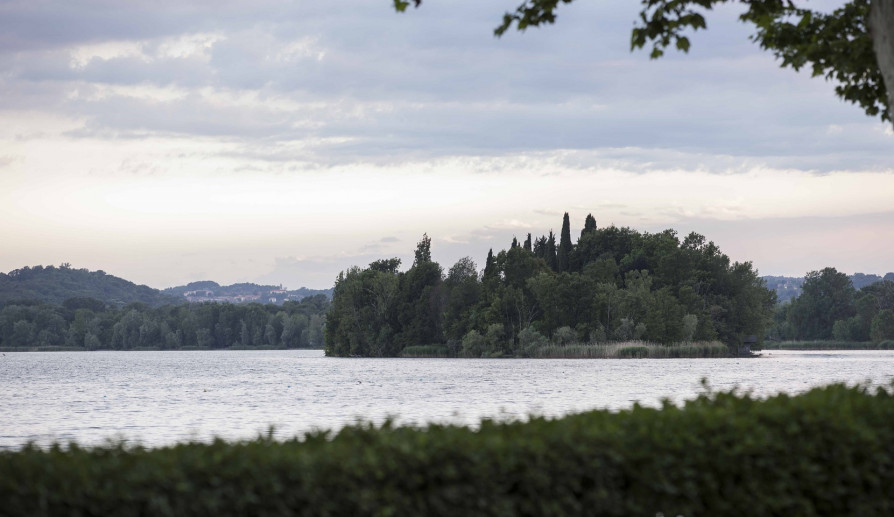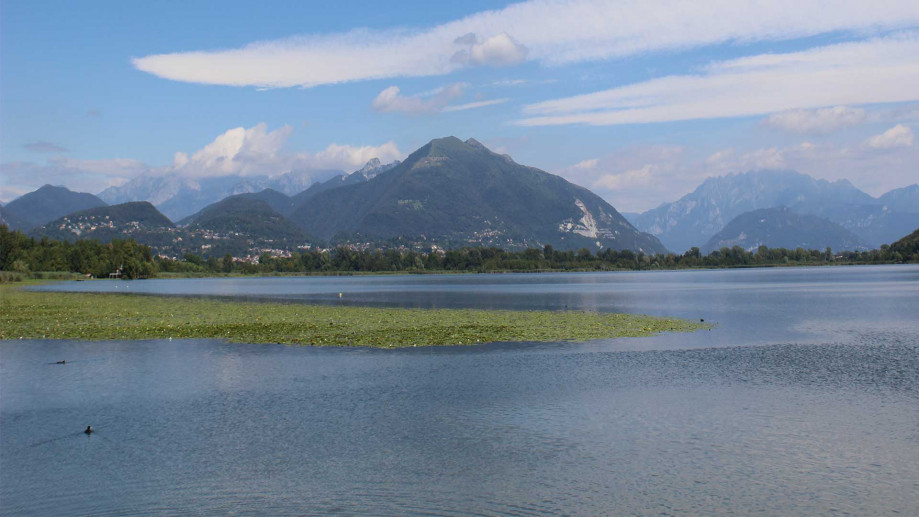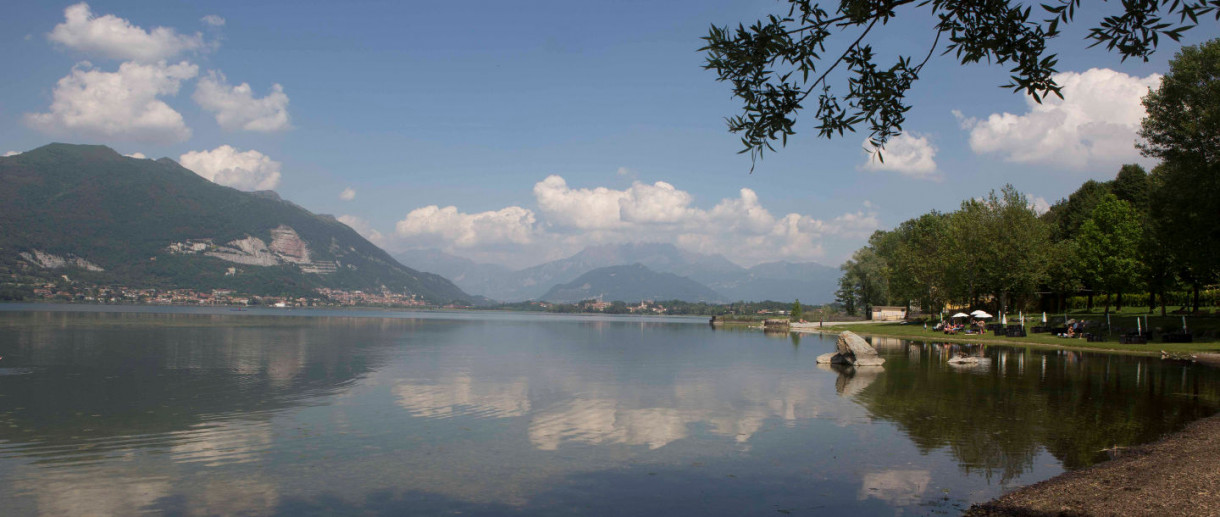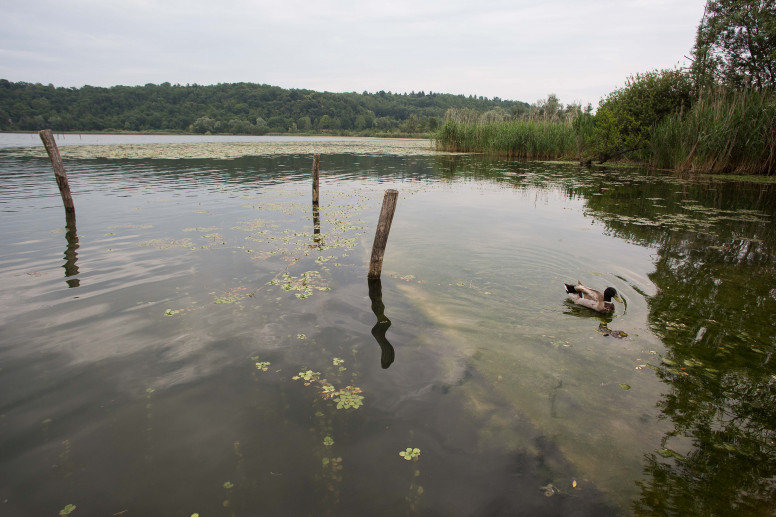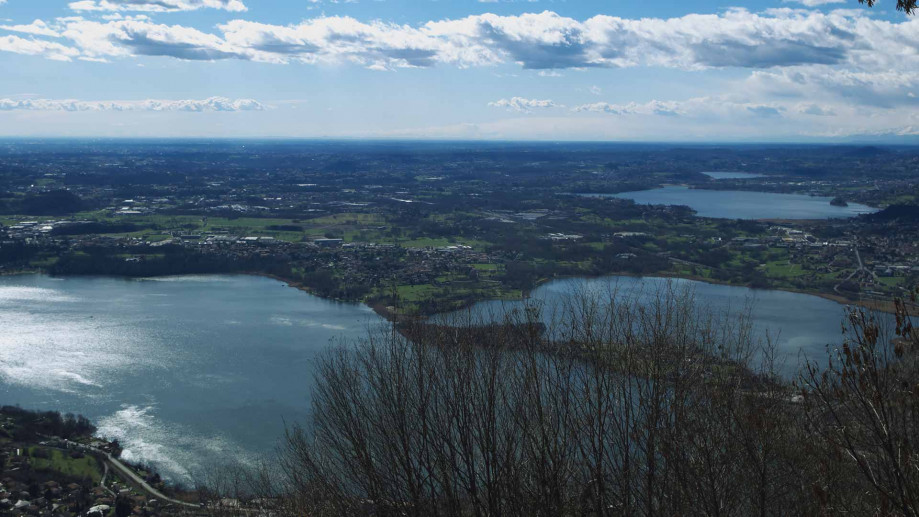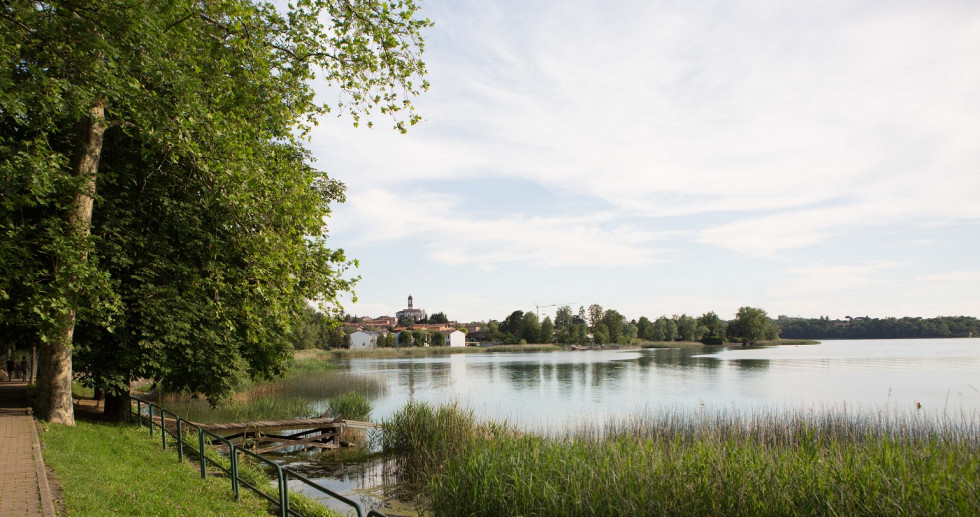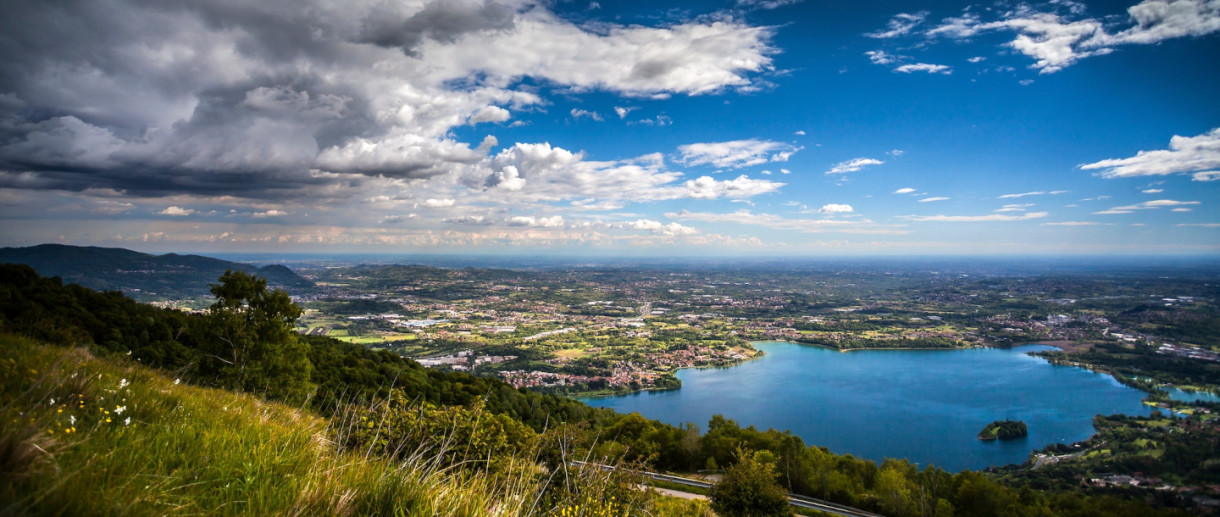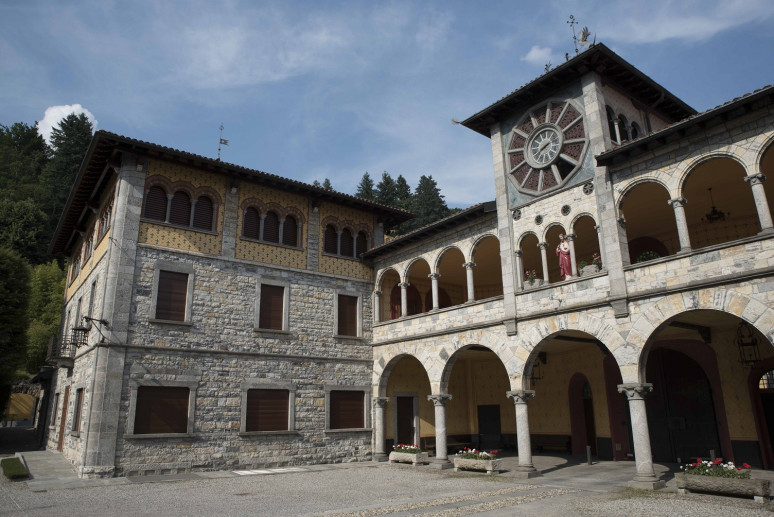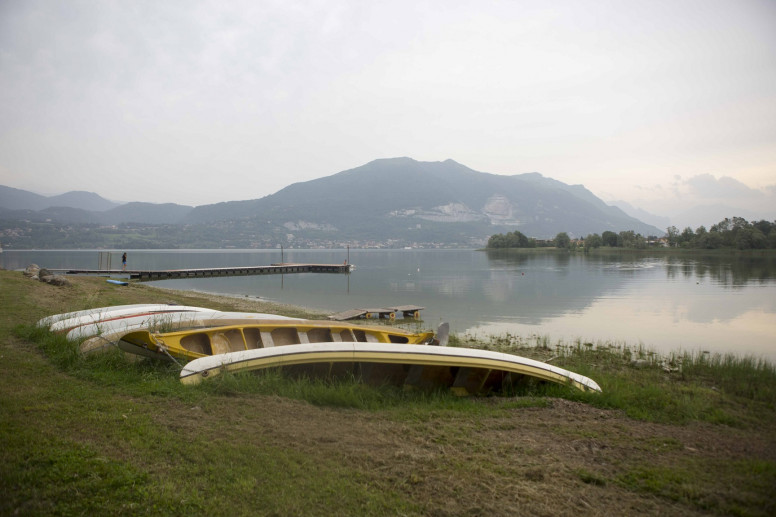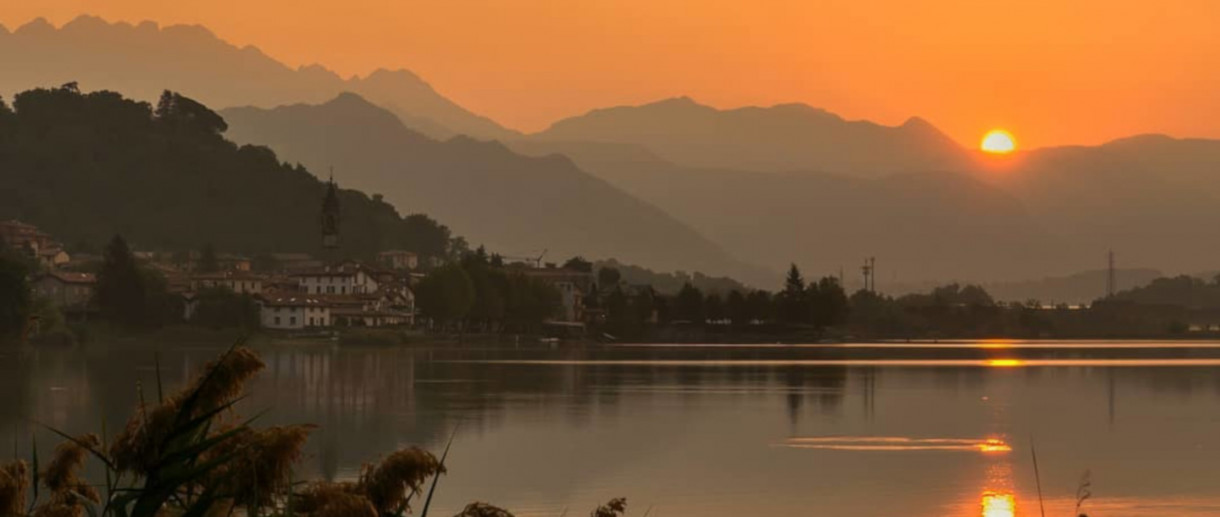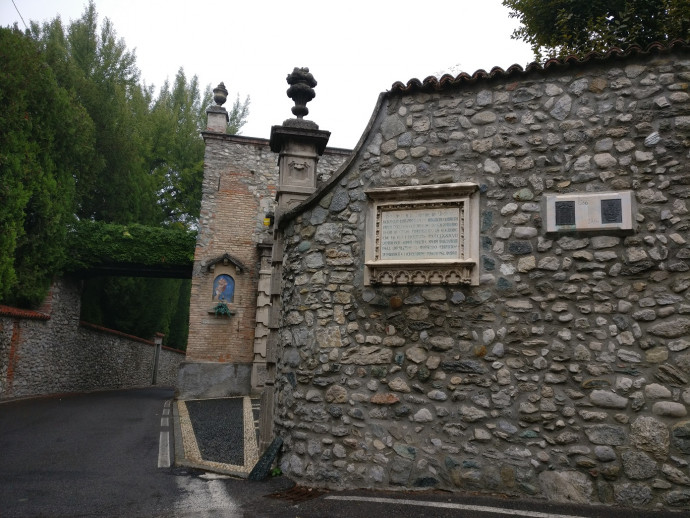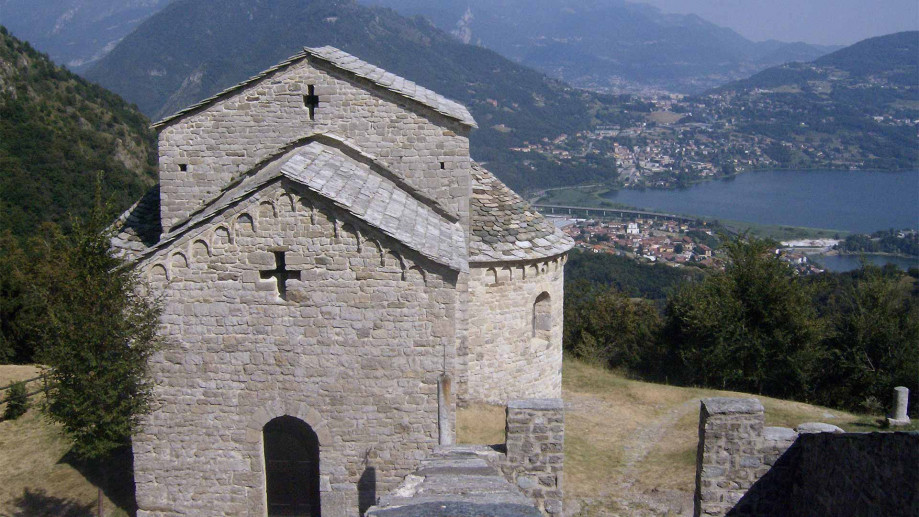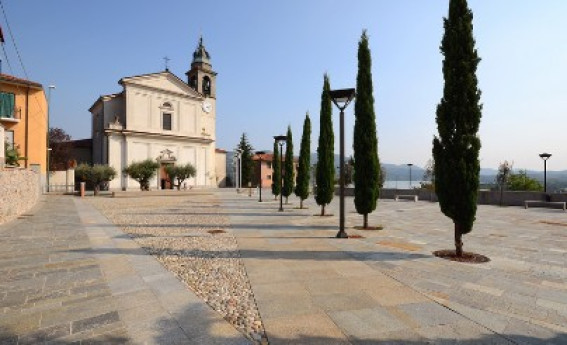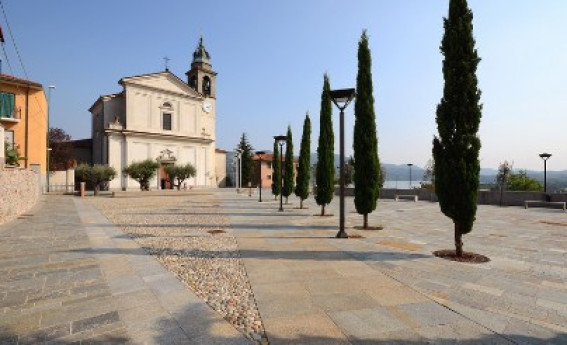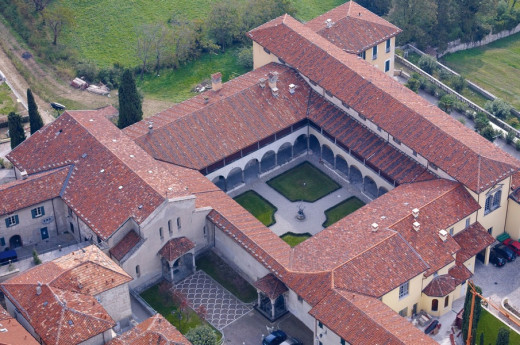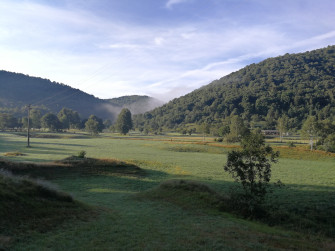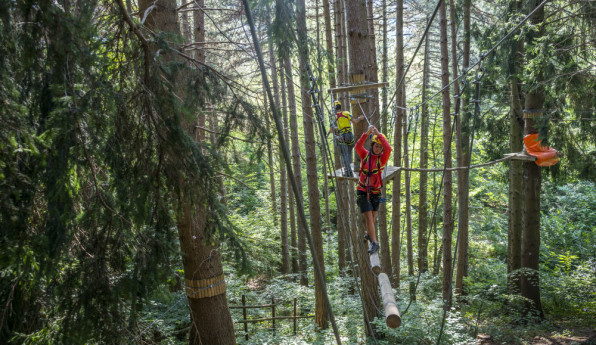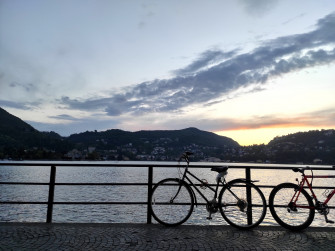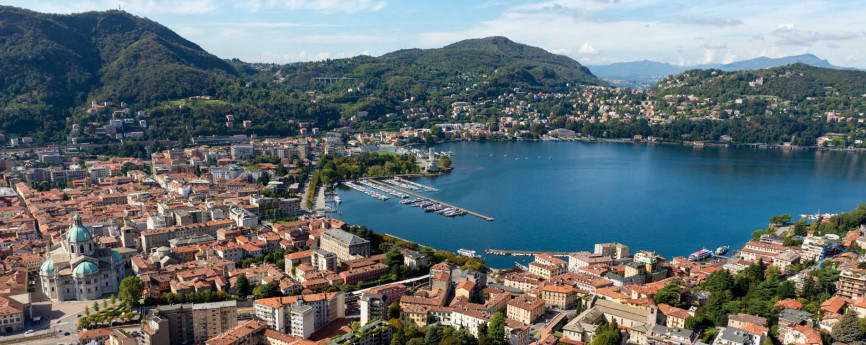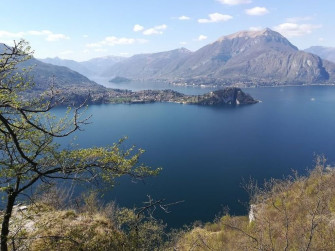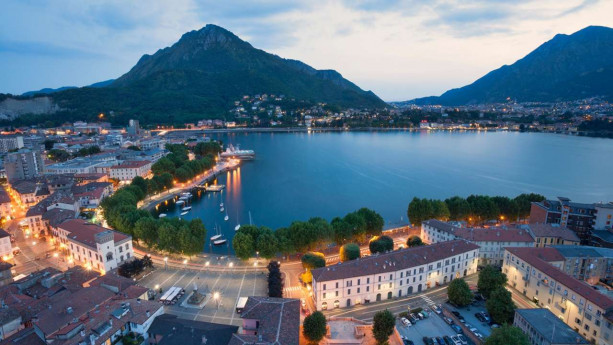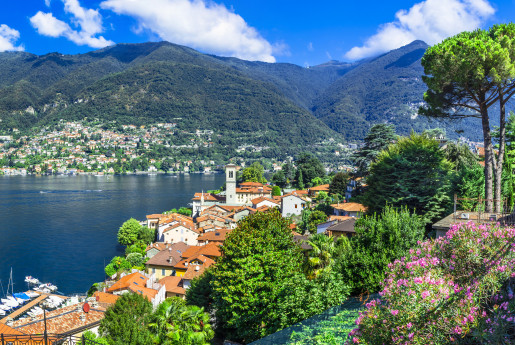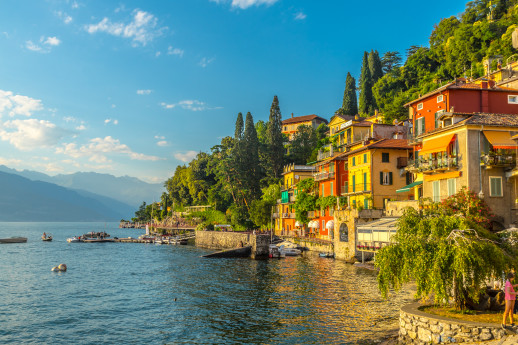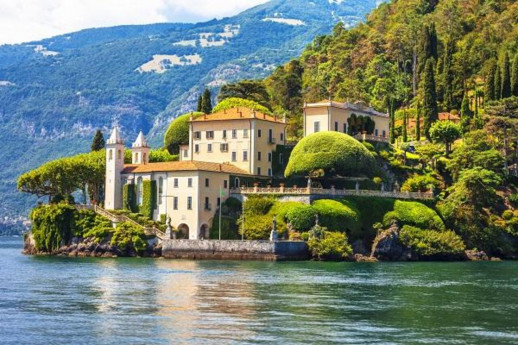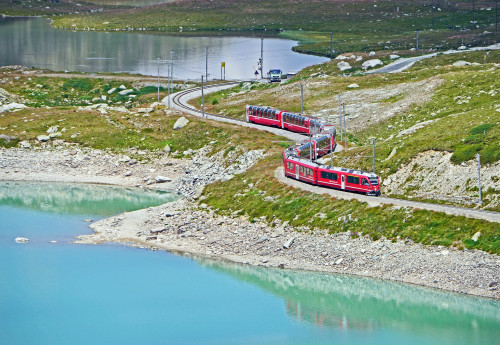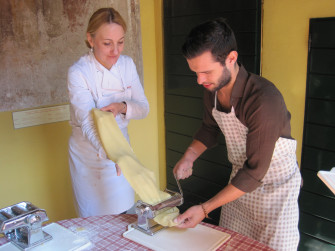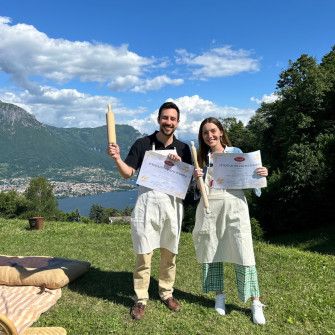- Active & Green
- Art & Culture
- Villages
- Lakes
Ponte Lambro
A journey in time on the banks of the lake
Halfway between Como and Lecco, between the mountains in the Triangolo Lariano lies Ponte Lambro, a town that came about thanks to the building of a bridge for crossing the River Lambro, formed by gradual merging of the old villages of Ponte, Busnigallo, Fucina, Lezza and Mazzonio.
In a strategic position, during the first half of the nineteenth century, this town had so many factories, spinning and twisting mills it even attracted the attention of merchants and businessmen from abroad.
One of these, the Englishman George Robinson, opened a large spinning mill and fitted it out with cutting-edge machinery, bringing about a decisive turning point for the town’s economy, which already boasted three paper mills and two stone and sand quarries. Even before the arrival of the textile factories, in the Middle Ages the land provided work for the town and the most advanced point of local economy were the vineyards in Lezza, owned by the convent of San Bernardo.
From the sixteenth century, the town relied on the resources of the River Lambro, and its water was used to power several mills, a press and a forge, fucina in Italian, in the aptly named village of Fucina, and in Busnigallo, as well as a series of mills, from the eighteenth century on it also provided power for a paper works and the first silk mills.
The industrial boom came to Ponte Lambro in the nineteenth century with construction in 1840 of the first building by the English entrepreneur called “Filatojo Robinson , and together with industrial development of the entire area of Brianza this led to the subsequent creation of the very first cotton mill. Over the years and employing more than 1500 workers, this cotton mill determined the current layout of the town, creating separate districts and generating a sort of “industrial village” with houses for the blue- and white-collar works and the residences of the managing owners.
This place has a vocation for enterprise as old as its history, linked in no small way to the presence of the River Lambro.
